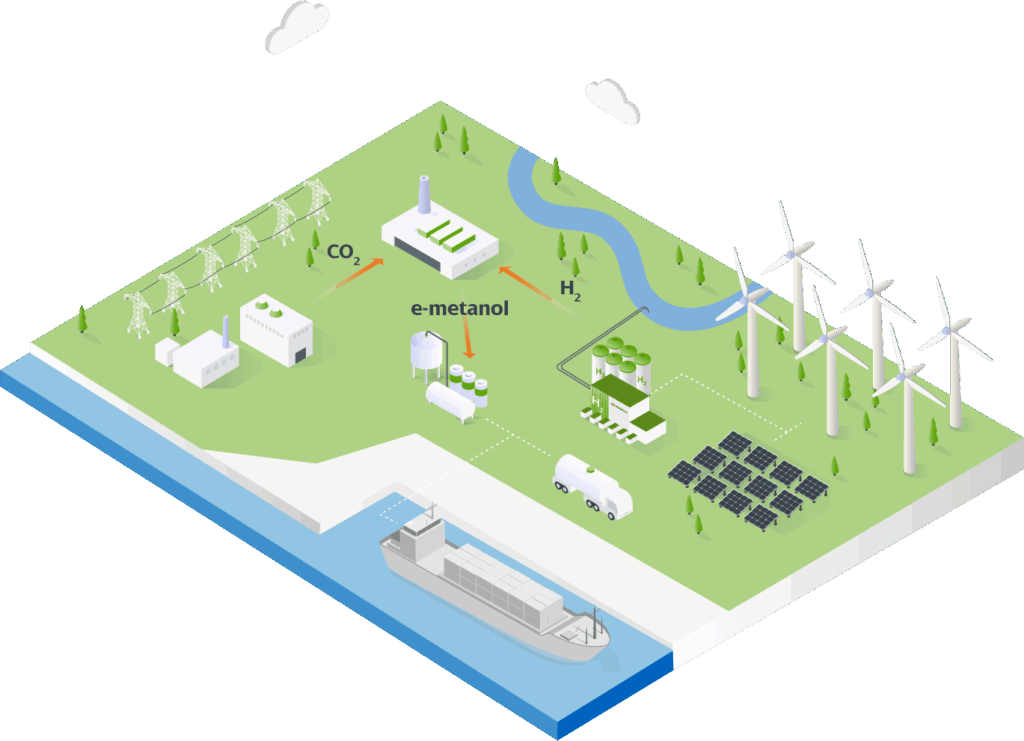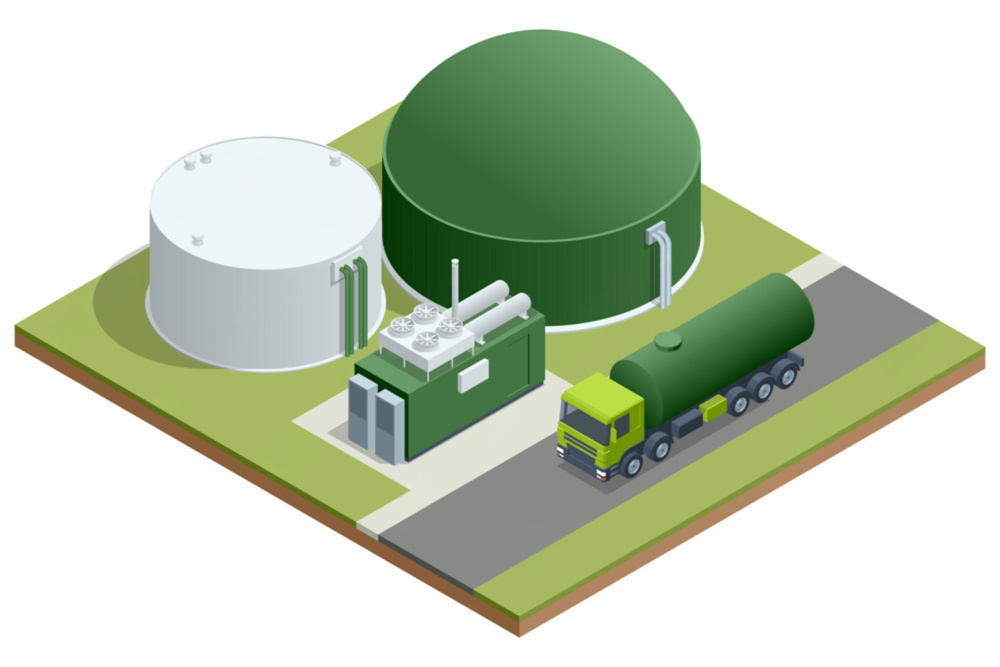Green methanol stands as a compelling early-entry investment opportunity with scalable, long-term upside. It anchors GeFP’s circular system vision while unlocking sustainable growth across domestic and international clean energy markets.
At GeFP, green methanol is our “derivative-of-choice”, the true Swiss Army Knife of the energy transition. As the most versatile green molecule, it offers unique flexibility: easily exportable as a hydrogen carrier and simultaneously scalable into diverse local Power-to-X (PtX) applications including fuels, chemicals, and storage. Its liquid state, mature existing infrastructure, and compatibility with existing logistics make it an efficient, cost-effective and ready pathway for accelerating the green hydrogen economy.
GeFP’s strategy centers on expanding green methanol production capacity with full alignment to global decarbonisation goals (e.g. Maritime, Blend-in Fuel, Chemical sectors). As volumes grow, we plan to implement Methanol-to-Jet (MtJ) technology, upgrading green methanol into Sustainable Aviation Fuel (SAF), a high-value, hard-to-abate sector solution. This vertical integration not only enhances value capture but also future-proofs the investment case.

Green methanol, produced from renewable sources like biomass or captured CO2 and green hydrogen, has diverse applications, particularly in transportation and as a chemical feedstock. It serves as a sustainable fuel for vehicles, ships, and potentially aircraft, and is also used to produce a wide range of everyday products like plastics, paints, and textiles.
Transportation
Low-Carbon “Drop-In” Fuel – Green methanol can be blended seamlessly into today’s gasoline or diesel streams—or used neat in dedicated engines and fuel cells—to slash CO₂ and pollutant emissions across passenger cars, heavy-duty trucks, and urban buses. Because it leverages existing fuelling infrastructure, fleets can start decarbonising now, without waiting for full electrification.
Lower-Hurdle Marine Transition – For deep-sea and short-sea shipping alike, green methanol offers a clear route to meeting the IMO 2030/2050 targets. Its liquid form simplifies bunkering, retrofits are technically straightforward, and lifecycle emissions drop by up to 95 %. Early adopters are already proving that vessels can sail cleaner, safer, and more cost-effectively on methanol.
Sustainable Aviation Fuel – Although still at pilot scale, green methanol-to-jet pathways are positioning methanol as a future feedstock for sustainable aviation fuel (SAF). By harnessing renewable power and captured CO₂, this route promises jet-grade fuels with dramatically lower climate impact—opening a credible roadmap for net-zero flight.
These three avenues illustrate why green methanol is rapidly becoming a cornerstone of the global clean-transport revolution.


